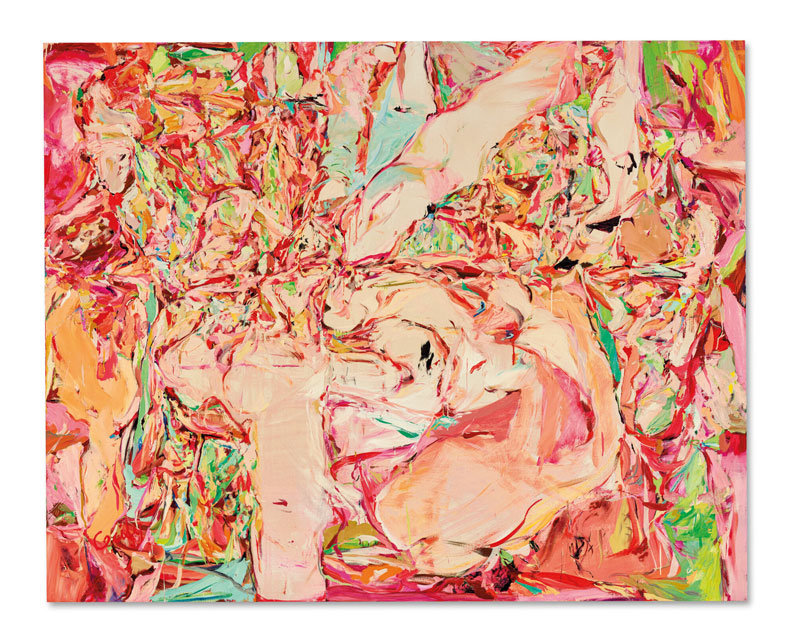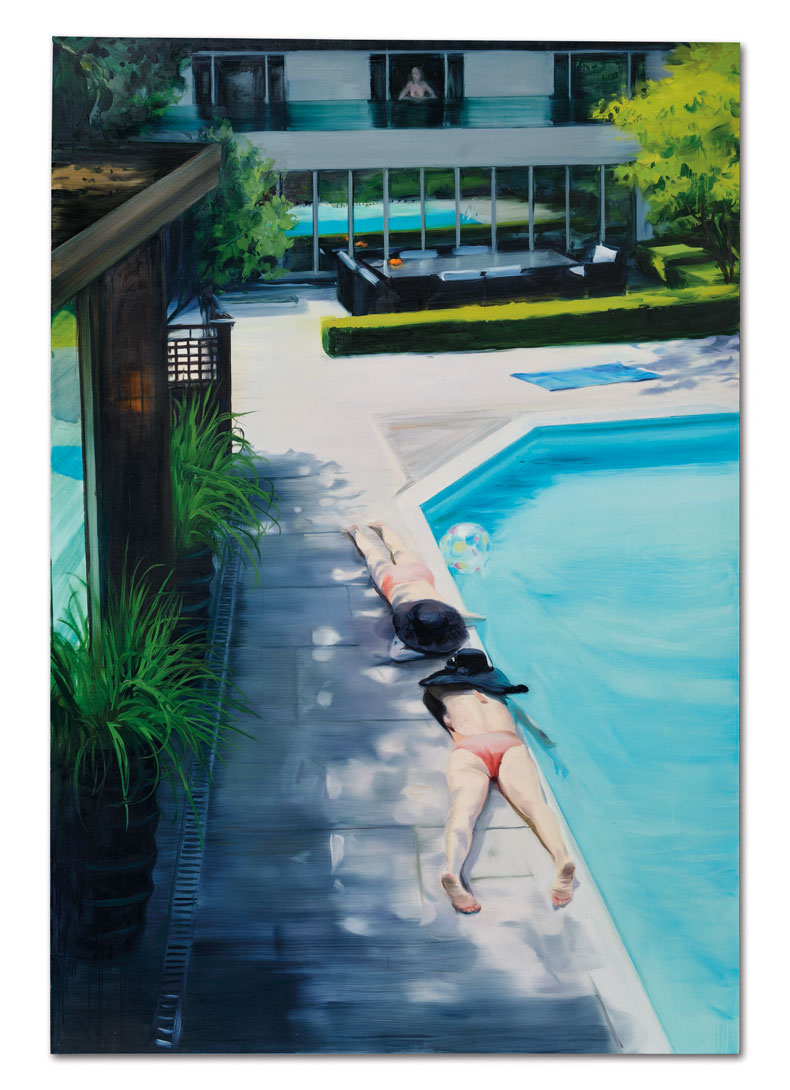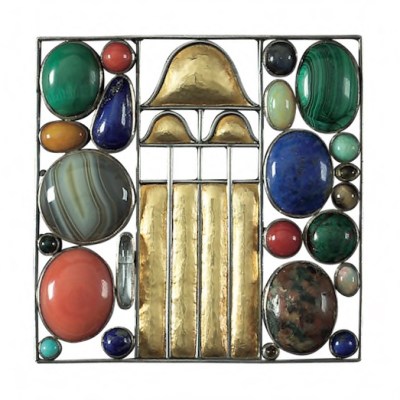The summer auctions have occupied a tricky place in the art market landscape for some time now. Following on as they do from the big-ticket sales in New York in May, it is hard for them to avoid seeming like a damp squib. That isn’t quite the case this season. Many commentators have described what took place in New York this spring as, at best, ‘a correction’ – other descriptors have included ‘a flattening’, ‘a failing’ and ‘a cooling’. In London, both Christie’s and Sotheby’s will be busy trying to disprove that assessment. The decision to merge their Impressionist and modern sales with their post-war and contemporary sales five years ago seems to be paying dividends. It’s much harder to notice the absence of blue-chip Impressionists in the evening auctions when the works are all bundled together, than if the sales were on their own and spread over two weeks.
Both auction houses have piggy-backed on the reopening of the National Portrait Gallery by putting on displays of portraits. Christie’s plays host to a selling exhibition, ‘Selfhood: Explorations of Being and Becoming in 20th and 21st Century Art’, while Sotheby’s association with the NPG manifests in the form of ‘Face to Face’, a section of the Evening sale offering a group of paintings with little to connect them, save the fact they are all portraits. But at least both auction houses can be seen to burnishing their cultural credentials.
Kiss Me Stupid (1999), Cecily Brown. Christie’s (estimate £3m–£5m)

Walking around the galleries in Christie’s King Street, one of the large rooms contains work by Caroline Walker (b. 1982), Sahara Longe (b. 1994) and Diane Dal-Pra (b. 1991). Hanging just outside, resplendent on a wall on its own, is Kiss Me Stupid (1999) by Cecily Brown, enjoying its lofty position as one of the big lots, estimated at £3m–£5m. The message is clear: Christie’s is where to go if you want to join the wave of collectors acquiring hitherto-overlooked art and/or work made by women. The fact that the estimates aren’t that high suggests that this is more about making a gesture than establishing a market. Caroline Walker’s luscious Recreation Pavilion (2013) is up for £150,000–£200,000.
Recreation Pavilion (2013), Caroline Walker. Christie’s (estimate £150,000–£200,000)

But it certainly feels different from what’s happening up the road at Bond Street. Sotheby’s have gone for good old-fashioned record-breaking with Dame mit Fächer (1917–18) by Gustav Klimt; the estimate is £65m. This would make it the most expensive work to be sold in London – and with an irrevocable bid in place, there is no doubt that a record will be made.
Dame mit Fächer (Lady with a Fan) (1917–18), Gustav Klimt. Sotheby’s (estimate in the region of £65m)

The painting is one of Klimt’s last works. The sitter remains unidentified, though the catalogue essay – only slightly patronisingly – notes that ‘the provocatively bared shoulder of this woman suggests she was probably not one of his more respectable bourgeois acquaintances, though she holds herself with poise and a quiet self-assurance.’
Klimt is one of the artists who can still fetch record prices in the face of harsh economic headwinds. Birch Forest (1903), which sold as part of the Paul Allen collection in November 2022, made an auction record of $104.6m for the artist. Sotheby’s work should be even more attractive to buyers. Klimt’s portraits of women perform better at auction than his landscapes, and recall more readily his most recognisable works. Yet there is something slightly washy and undefined about this metre-square portrait that makes it feel like the auction marketing-machine is pushing the painting to a level of hype it doesn’t quite merit. We will soon see if the branding trumps the workmanship.
Autoportrait, vers sa vingt-et-unième année (c. 1855), Edgar Degas. Christie’s (estimate £250,000–£350,000)

If you are looking for a quieter, happier moment in this week of big-ticket auctions, then turn instead to – yes – a portrait at Christie’s. Only this time it is not by a new name, nor does it hark from an overlooked art-historical field. Instead it is a self-portrait by Edgar Degas, made around his 21st birthday. The drawing is priced £250,000–£350,000. Until 1994, it was kept in the Degas family and it last appeared at auction in 2014 at Sotheby’s. It proves the power of a carefully drawn line.



